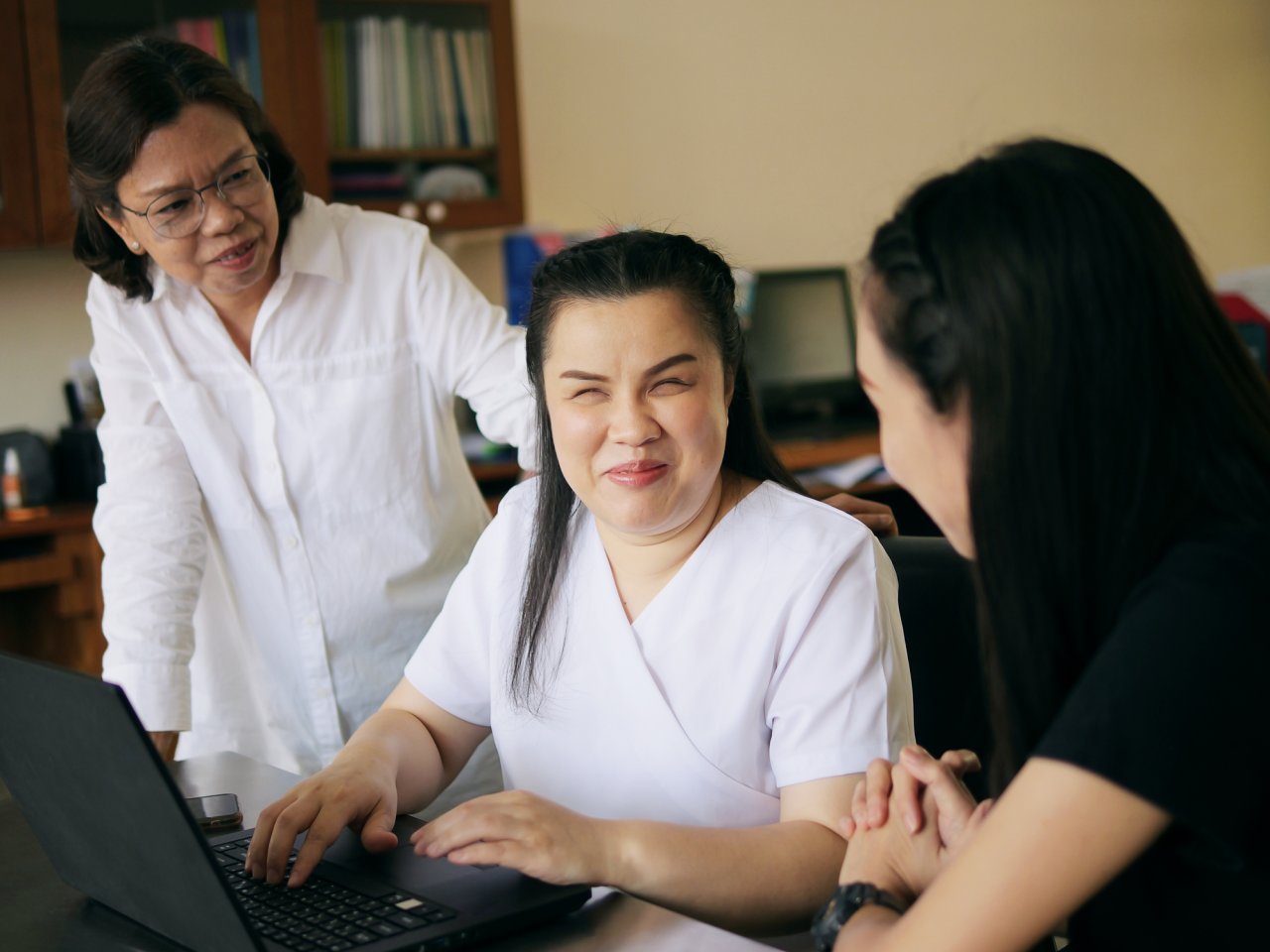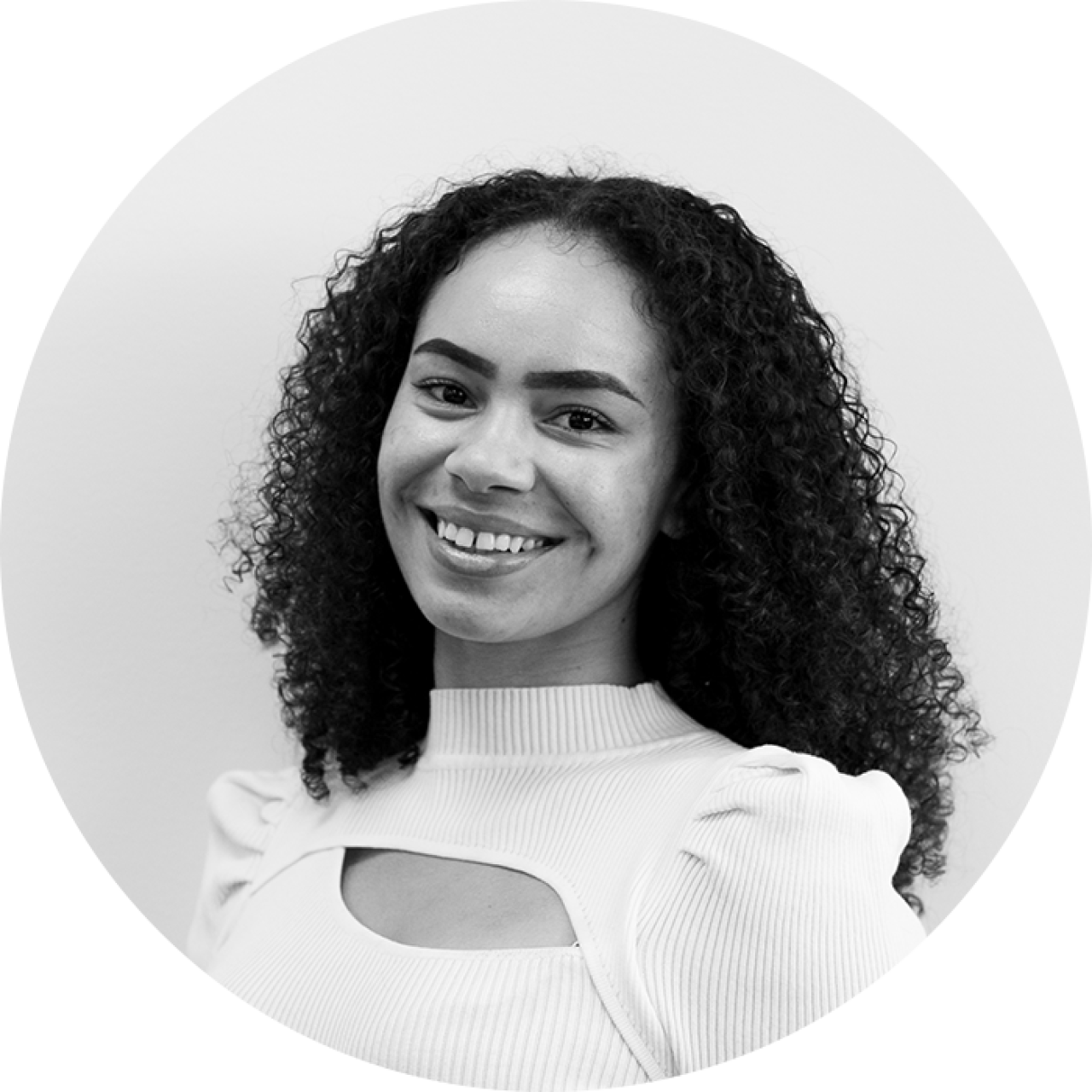Tips to Prioritize Accessibility and Inclusion in Your Grant Cycle for People with Disabilities
In this article, we’ll explore accessibility and disability inclusion in the grantmaking cycle and discuss steps that can be taken to promote these principles.

In recent years, there has been significant progress in recognizing and addressing the barriers faced by people with disabilities, especially those with disabilities that affect their communication. Cultures, governments, and communities are evolving to make space for people who experience disabilities.
However, when it comes to grantmaking, are we doing enough? A 2019 study from Candid revealed that among 1,000 funders surveyed, only 2% of $37.2 billion in giving went to disability-related grants. For context, 26% of U.S. adults experience a disability.
The numbers don’t add up.
In this article, we’ll explore the importance of accessibility and disability inclusion in the grantmaking cycle and discuss steps that can be taken to promote these principles. By prioritizing accessibility and inclusivity, we can start creating more opportunity for disabled communities to benefit from philanthropic efforts.
The Current Landscape: Barriers to Grant Access Faced by People with Disabilities
Before developing an accessible grant cycle, it is important to understand the barriers that individuals with disabilities may face. These barriers can be both physical and attitudinal.
Physical barriers can include inaccessible applications, grant management systems, resources for potential grantees, or reporting procedures.
Attitudinal barriers may look like Diversity, Equity, and Inclusion (DEI) initiatives without accessibility or disability inclusion, or a lack of intersectionality, awareness, and connections to disability communities.
Let’s take a closer look at the lack of accessibility in grant application processes. Many applications are not designed with diverse access needs in mind, making it difficult for people with disabilities to navigate and complete the necessary paperwork and documentation. Typically, this is the result of a lack of awareness and understanding among grantmakers about the needs and experiences of people with disabilities, resulting in practices that can exclude entire communities unintentionally.
Another barrier is the limited availability of grants specifically targeted toward projects that benefit people with disabilities. While many grants are available for any number of causes and initiatives, there is a drastic shortage of funding opportunities that specifically address the -needs of people with disabilities. This lack of funding perpetuates a cycle of exclusion, limited opportunities, and marginalization.
Why Prioritize Accessibility in the Grantmaking Cycle?
Disability is a part of life that nearly everyone will experience at one point or another. Remember that statistic from earlier? 26% of U.S. adults experience a disability. This number is expected to increase due to trends in aging and the growing prevalence of chronic illnesses and mental health conditions. Additionally, more than 20% of Americans are caregivers to someone (most often a family member) with a disability, demonstrating that our individual needs are interconnected with those around us. Disability can affect anyone’s life.
Promoting accessibility and inclusion in your grantmaking cycle is not only an ethical choice, it’s also a best practice for your business. By creating an inclusive grantmaking process, grantmakers open themselves up to individuals with disabilities who bring diverse perspectives and experiences. This can lead to innovative and impactful projects being funded, helping all of us.
Furthermore, prioritizing accessibility and inclusion aligns with legal and ethical obligations to ensure equal opportunities for all. The United Nations Convention on the Rights of Persons with Disabilities recognizes the right of people with disabilities to take part fully and equally in all aspects of life, including access to funding opportunities. By prioritizing accessibility and inclusion in the grantmaking cycle, grantmakers can contribute to the realization of these rights and promote disability justice.
Steps to Promote Accessibility in Grantmaking
If you want to promote accessibility and inclusion in grantmaking cycles, here are some tips to get you started.
Raise awareness and build capacity
Grantmakers should hire people with disabilities and invest in training and education for all staff members to increase awareness and understanding of disability issues. This can include workshops, webinars, and seminars conducted by disability-led organizations.
Review and revise grant application processes
Grantmakers should review their application processes and make necessary revisions to ensure accessibility. This can include ensuring your online grants management system is accessible, providing alternative formats for application materials, allowing for extended deadlines, providing accommodations, being available for questions, and adjusting your reporting requirements to allow for progress updates through calls and written formats.
Engage with disability-led organizations and self-advocates
Collaborating with disability-led organizations and self-advocates can supply valuable insights and guidance in creating inclusive grantmaking processes. Think of this as user testing. Build strong partnerships by paying those with lived experience for their efforts to ensure inclusivity and responsiveness. These interactions will help grantmakers identify barriers in their processes and develop strategies to address them.
Foster accountability through evaluation and feedback
Evaluating the impact of an inclusive grantmaking cycle is essential. Grantmakers can measure their efforts by tracking the number of applications received from people with disabilities, the number of grants awarded to disability-led projects, and the outcomes of funded projects. They can also seek feedback from applicants and grantees to gain insights into their experiences with the grantmaking process.
Ability Central: What We’re Doing
As a grantmaker who serves and supports organizations that directly work with people with disabilities, we’ve learned firsthand how to effectively develop and maintain a grant cycle that is accessible to a wide audience. Here are some key lessons we’ve learned:
Build an advisory group with disabled participants
Our advisory group provides invaluable advice, insight, and thought leadership that helps us better execute our mission. Each member brings perspective from unique disabled communities and helps guide the philanthropic initiatives of Ability Central. Some of the communication disabilities represented include:
Deaf
DeafBlind and Deaf+
Blind
Intellectual and Developmental Disabilities (IDD)
Augmentative and Alternative Communication (AAC) users
Parents of children with disabilities
Absorbing and honoring their lived experience helps us to develop our funding initiatives. Their perspective and insight guide our application review process. Advisory group members score applications within their communities and provide invaluable insight into organizations and projects. All members of our advisory group are paid for their time and expertise.
Ask the right questions
We use our grant applications to tease out data that will inform our future grantmaking cycles, making them more accessible and reflective of impactful disability work. We ask questions like:
What is the number of people with disabilities in leadership positions?
How will you compensate disabled participants?
Do you have budget lines to create accessibility (interpreting or captioning services, assistive technology for staff or participants)?
Asking the questions that are important to our disability inclusion goals not only promotes alignment with our priorities, but also promotes the hiring and inclusion of people with disabilities in the nonprofit sector. Each year our aggregate application scores are higher and higher, creating the need for focused, competitive applications.
Promote collaboration between your grantees
As a grantmaker, we set out to solve communication access issues. Many applicant organizations are doing this, often in similar ways. To avoid “reinventing the wheel” with each new grantee, we set out to empower our grantees to collaborate on their projects to create self-sustaining and nonredundant projects amongst themselves. We promote this networking by hosting a grantee gathering that convenes the prior year’s grantees and the incoming grantee cohort to celebrate their success and share lessons learned, this fosters collaboration amongst our grantees; thereby increasing the overall impact of projects.
In our 2023 grant cycle, 9 out of 14 total grantees are collaborating with one another outside their funded grant projects, sharing best practices and improving their projects.
How it ties together
These best practices create a streamlined grant cycle:
Our advisory group helps us identify pressing needs in our community, shaping our funding initiatives.
Their input influences application questions, identifying appropriate requirements for potential grantees to be successful within the scope of our funding initiatives.
The advisory group also supplies valuable insight during the grant application process, helping us to attract and select competitive and well-aligned proposals.
This creates an organic synergy amongst our grantees that invites collaboration.
Grantee collaboration results in cross-disability solidarity that allows for powerful information sharing and network building.
If your funding initiatives are aiming for accessibility and inclusion, you must meet your grantees where they are. Work with and within the community you’re funding.
Resources and tools for promoting accessibility and inclusion in grantmaking
For a downloadable guide to accessible grantmaking practices, check out Accessible Grant Applications Quick Tips.
Explore LearnAbility, Ability Central’s professional development project, for in-depth resources that support inclusive and accessible grantmaking practices. Check out our other articles in this series.
We’re updating LearnAbility with new content regularly, so more articles and resources will become available all the time.
If you are a grantmaker or involved in a grantmaking process, consider taking some time to reflect on the principles of accessibility and inclusion. Review the necessary steps to make your grantmaking processes more inclusive and start creating opportunities for people with disabilities to fully benefit from your grantmaking.

Alyah Thomas is the Accessibility and Engagement Specialist at Ability Central. She supports the organization by bridging gaps between programs, facilitating community engagement, serving as a subject matter expert, and sharing information with others on their accessibility journey.
Alyah holds a bachelor's degree in Deaf Studies from California State University, Northridge, an Executive Certificate in Nonprofit Fund Development from the University of Notre Dame, and is an accredited Certified Professional in Accessibility Core Competencies through the International Association of Accessibility Professionals. With a keen eye for detail and an interest in fostering inclusive environments, Alyah has been engaging with disabled communities and working to improve access to communication and information in various capacities for more than a decade.